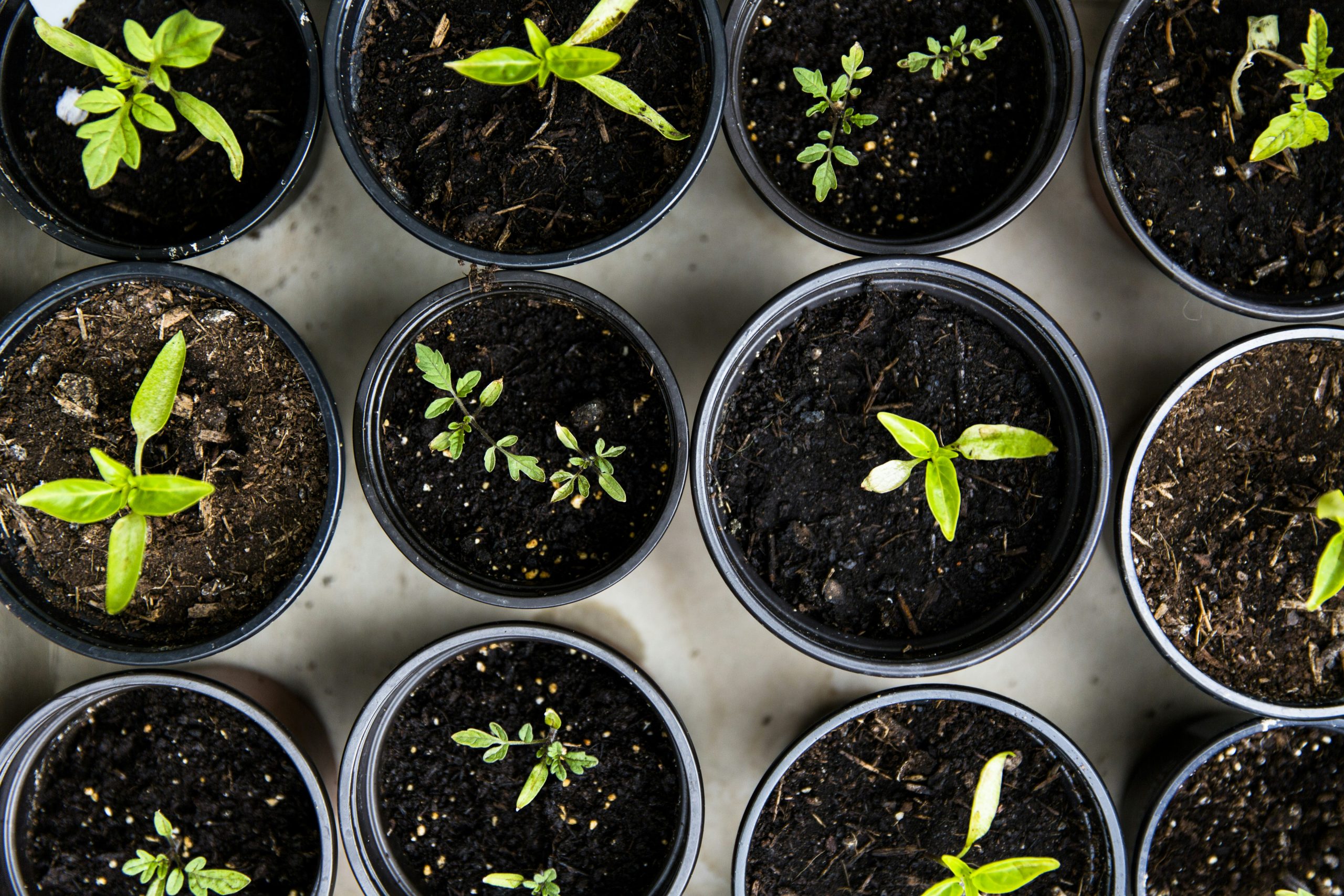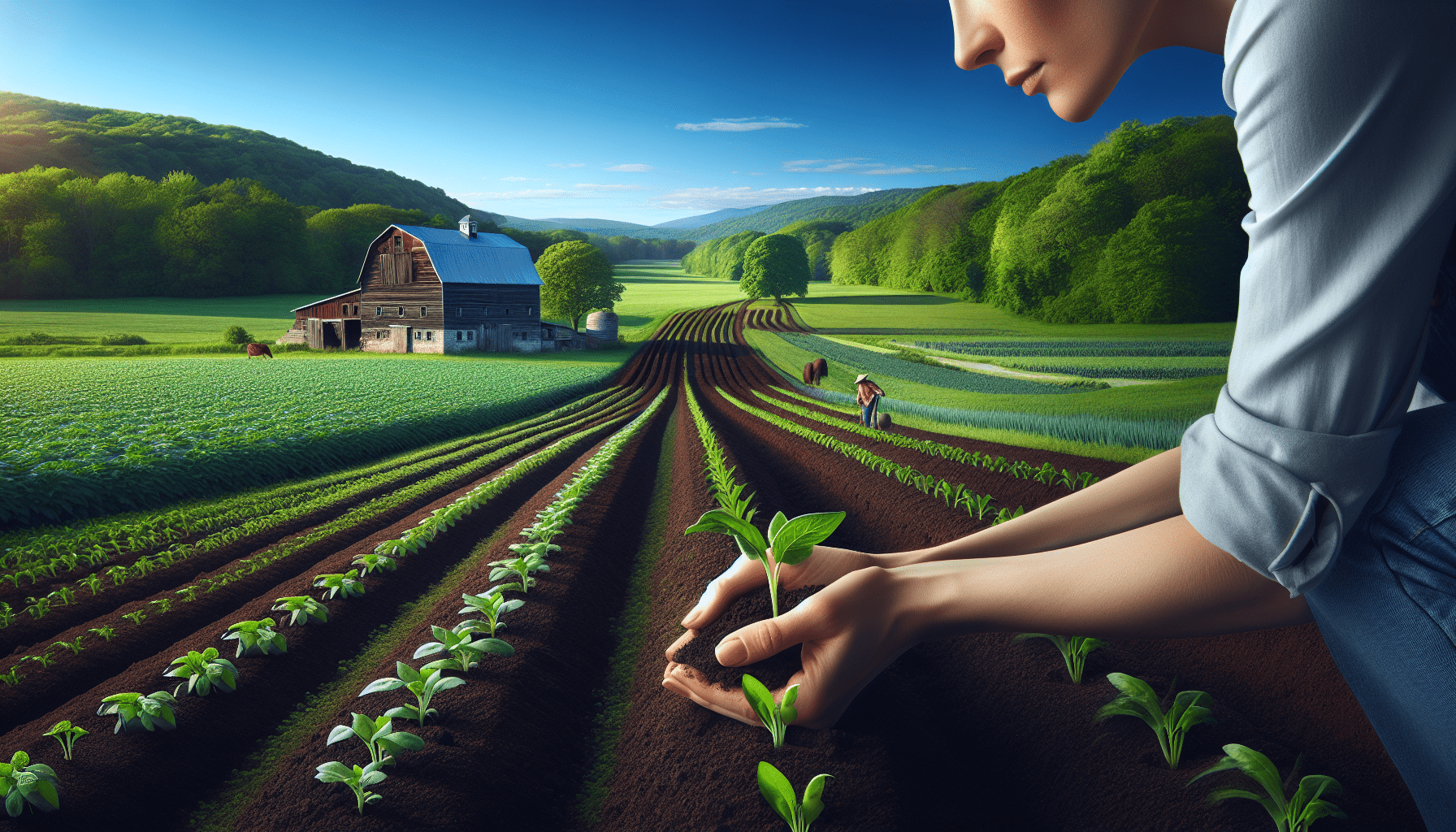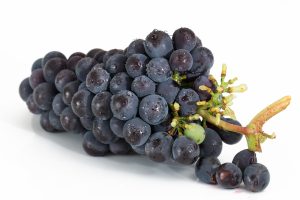Starting an organic farm can be a deeply rewarding venture for us, whether we’re seasoned farmers or green-thumbed enthusiasts. In our journey together, we’ll explore the essential steps to establish a thriving organic farm, from selecting the perfect plot of land and preparing nutrient-rich soil to choosing the best crops and implementing sustainable farming practices. Let’s dive into creating a farm that not only nourishes us but also supports the environment and promotes healthful living. Have you ever wondered how to start an organic farm? If so, you’re not alone! Many of us dream of cultivating our own organic produce, embracing sustainability, and contributing positively to our communities and the environment.
Moving from a dream to a reality can be a rewarding journey, but it requires careful planning, dedication, and, importantly, a love for the land. In this guide, we’ll walk you through the essential steps and considerations for kickstarting your very own organic farm.

Understanding Organic Farming
Before we dive into the steps, let’s briefly discuss what organic farming entails. Organic farming is a method of agriculture that focuses on growing food while maintaining and improving the natural ecosystem. It avoids the use of synthetic pesticides, herbicides, and fertilizers, relying instead on techniques like crop rotation, composting, and biological pest control.
Why Choose Organic Farming?
We might choose organic farming for several reasons. For starters, organic produce is often more nutritious and free from harmful chemicals. Plus, organic farming practices promote soil health, protect water quality, and enhance biodiversity. As a bonus, many consumers are willing to pay a premium for organically grown products, offering the potential for higher profit margins.
Initial Planning and Research
The foundation of any successful organic farm lies in thorough planning and research. Here are our critical steps to get started:
Assess Your Goals and Objectives
Determine why we want to start an organic farm. Are we interested in growing vegetables, fruits, livestock, or a combination? Do we aim for local sales, farmers’ markets, or a farm-to-table operation? Identifying our goals will guide our planning process and help tailor our approach.
Conduct Market Research
Understanding the market demand for organic products in our area is crucial. We should visit local farmers’ markets, talk to potential customers, and analyze competitors. Knowing which products are in demand will help us decide what to grow and how to price our products.
Select the Right Land
Choosing suitable land is a pivotal decision. We should consider factors such as soil quality, water availability, climate, and accessibility. Conduct soil tests to determine its health and suitability for organic farming. Remember, the land must also meet USDA organic certification requirements if we plan to market our produce as organic.
Creating a Business Plan
An effective business plan can be our roadmap to success, detailing every aspect of our organic farm. Here’s what to include:
Executive Summary
Outline our vision, mission, and the overall aim of our organic farming business. This section serves to capture the essence of our farm and should ideally be concise and engaging.
Market Analysis
Use the insights from our market research to provide an overview of the demand for organic produce, target customer profiles, market trends, and competitive landscape.
Management Structure
Detail our management team and organizational structure. If it’s just us or a family-run operation, specify roles and responsibilities. As we grow, outlining potential future roles is also beneficial.
Operations Plan
Describe the day-to-day operations of our organic farm, including planting schedules, harvesting methods, pest and weed control strategies, and equipment needs.
Financial Plan
Include a detailed budget covering initial startup costs, ongoing expenses, projected revenues, and potential sources of funding or loans. This section should also highlight our break-even analysis and profit projections.
Obtaining Certification
If we wish to market our produce as organic, obtaining certification from the USDA or other certifying bodies is essential. Here’s how to navigate this process:
Understanding Certification Requirements
The certification process involves compliance with the National Organic Program (NOP) standards. These standards dictate what’s permissible in organic farming, including allowable materials for soil and pest management and acceptable livestock practices. The USDA website is a valuable resource for these guidelines.
Developing an Organic System Plan (OSP)
Create an OSP outlining our farming practices, crop rotations, use of organic seeds, pest and weed management strategies, and soil fertility management. This plan is a crucial component of the certification process.
Inspection and Certification
After submitting our OSP to a certifying agent, undergo an on-site inspection. The inspector will verify adherence to our plan and NOP standards. Upon passing the inspection, we are granted organic certification, allowing us to market our produce officially as organic.

Practical Steps to Start Farming
With our certifications in hand, it’s time to get our hands dirty. Let’s break down the practical steps:
Preparing the Land
Begin by clearing any debris and weeds from the land. Conduct soil tests to determine nutrient levels and pH balance, and amend the soil as needed with organic compost, manure, or green manure crops to enhance its fertility.
Designing Crop Layout
Plan our field layout, taking into consideration crop compatibility and rotation. Intercropping and companion planting can help manage pests naturally and improve soil health.
Choosing the Right Seeds and Plants
Opt for organic seeds and plants whenever possible. These are bred to perform well under organic conditions and are often more resistant to pests and diseases.
Irrigation and Water Management
Determine the most efficient irrigation system for our farm, such as drip or sprinkler irrigation. Restricted water usage is vital in organic farming, so we should consider rainwater harvesting and other sustainable practices.
Organic Pest and Weed Control
Develop a pest and weed management plan that leverages natural methods. This can include crop rotation, biological controls like ladybugs or nematodes, natural pesticides, and manual weeding.
Common Organic Pest Control Methods
| Method | Description |
|---|---|
| Biological Controls | Introducing beneficial insects or organisms to control pest populations |
| Natural Pesticides | Using natural substances like neem oil, diatomaceous earth, or essential oils |
| Mechanical Controls | Employing barriers, traps, or handpicking to remove pests |
| Cultural Controls | Practices such as crop rotation, intercropping, or companion planting to deter pests |
Harvesting and Post-Harvest Handling
Determine the best time to harvest each crop for peak freshness and nutritional value. Develop post-harvest handling practices that maintain product quality, such as proper washing, packing, and storage.
Building Infrastructure
Running an organic farm requires more than just planting and harvesting crops. We need to consider the necessary infrastructure:
Storage and Processing Facilities
Invest in storage facilities to keep produce fresh until it can be sold. This might include cold storage for perishable items or dry storage for grains and seeds. Depending on our product, we might also need processing facilities for washing, drying, or packing.
Equipment and Tools
Investing in the right tools and equipment can boost efficiency. Consider the following essentials:
| Equipment/Tool | Purpose |
|---|---|
| Tractor | For plowing, planting, and hauling |
| Irrigation System | Ensuring crops receive adequate water |
| Composting System | Managing organic waste and creating compost |
| Hand Tools | Essential for planting, weeding, and harvesting |
| Processing Equipment | For cleaning, sorting, and packing produce |
Animal Husbandry (If applicable)
If we’re incorporating livestock, we need suitable shelters, fencing, and water systems. Ensure that animal husbandry practices comply with organic standards, which include access to the outdoors and organic feed.

Marketing and Selling Our Produce
With our organic farm operational, it’s time to think about how to sell our produce effectively.
Direct Marketing Channels
Here are some popular direct marketing strategies:
- Farmers’ Markets: A great way to interact directly with consumers and get feedback.
- Community Supported Agriculture (CSA): Consumers purchase a “share” of the harvest in advance, providing us with upfront capital.
- Farm Stands: Selling produce directly from our farm can attract local customers.
- Restaurants and Local Stores: Establish relationships with local chefs and grocers interested in organic produce.
Digital Marketing Strategies
Creating an online presence can help expand our reach. Consider the following:
- Website: Develop a user-friendly website to showcase our farm and products.
- Social Media: Platforms like Instagram and Facebook are excellent for engaging with customers and sharing farm updates.
- Email Newsletters: Keep our customers informed about available produce, special offers, and farm events.
Building a Brand
Develop a unique brand that reflects our farm’s values and vision. Use consistent branding across all marketing materials, from labels to social media posts.
Sustainable Practices and Ongoing Improvement
Sustainability is at the heart of organic farming, and it’s essential continuously to seek improvement in our practices.
Soil Health Management
Regular soil testing and amendments can maintain soil fertility. Incorporate cover crops, green manures, and crop rotation to enhance soil structure and nutrient levels.
Water Conservation
Implement water-saving techniques such as drip irrigation and mulching. Practice rainwater harvesting and ensure efficient water use to minimize environmental impact.
Renewable Energy
Consider adopting renewable energy sources such as solar or wind power to reduce our carbon footprint and lower energy costs.
Education and Training
Stay informed about the latest organic farming practices through workshops, conferences, and courses. Joining organic farming associations can provide valuable networking and learning opportunities.

Challenges and Solutions in Organic Farming
Every farming venture faces challenges, and organic farming is no exception. Here are common challenges and potential solutions:
Pest and Disease Management
Pests and diseases can be more challenging to manage organically. Implementing integrated pest management (IPM) techniques can help us balance natural and preventive measures.
Labor Intensity
Organic farming often requires more labor, especially for tasks like manual weeding. Hiring seasonal workers, investing in efficient tools, and using labor-sharing networks with other local farms can alleviate some of this burden.
Market Fluctuations
Organic market prices can be volatile. Diversifying our product range can provide financial stability. Explore value-added products, such as organic jams or pickles, to increase our revenue streams.
Building Community and Networking
Community and networking are vital components of a thriving organic farm. Building strong relationships can provide support, collaboration opportunities, and a loyal customer base.
Engaging with Local Community
Hosting farm tours, volunteer days, and workshops can engage the community and build awareness around organic farming. It can also create a sense of ownership and loyalty among local customers.
Joining Organic Farming Associations
Becoming a member of organic farming associations can offer numerous benefits, including access to resources, advocacy, and networking opportunities with other organic farmers.
Collaborating with Other Farmers
Collaborate with neighboring farms to share resources, knowledge, and marketing strategies. Forming a cooperative can also have economic advantages, such as bulk buying or shared distribution costs.

Conclusion
Starting an organic farm is more than just a business venture—it’s a commitment to sustainable agriculture and a healthier planet. While it requires careful planning, hard work, and a solid understanding of organic principles, the rewards are plentiful. We get to produce fresh, healthy food, contribute positively to the environment, and possibly achieve financial success through a market eager for organic products.
We hope this guide helps you embark on your organic farming journey with confidence. Remember, every small step we take towards organic farming contributes to a healthier, more sustainable future. So, let’s roll up our sleeves, nurture our soils, and plant the seeds for a thriving organic farm. Happy farming!



